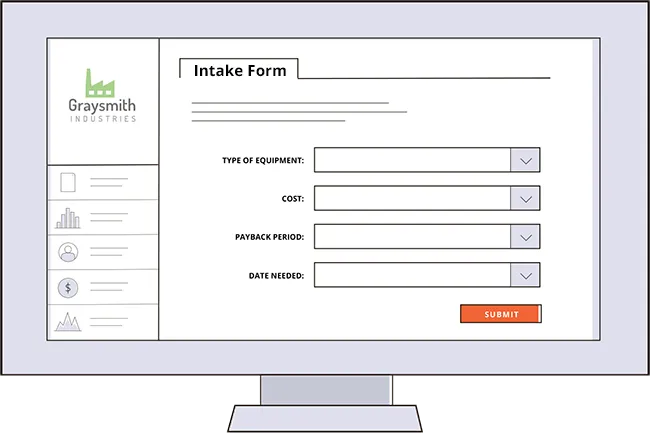Automated Procedures Improve Organizational Efficiency
Table of contents

Organizations are constantly seeking ways to streamline their operations and improve efficiency. One of the most effective methods they have discovered is the implementation of automated procedures to save time, reduce errors, and increase productivity.
How Work Changes When Critical Procedures Are Automated
The benefits of automated processes and procedures are realized quickly. For organizations that lean into procedure automation, employees can:
- Follow procedures properly
- Easily share information
- Track progress
- Collaborate in real-time
- Reduced data entry
- Deliver a better customer experience
This eliminates duplicative work, mistakes, and the need for lengthy email chains, physical paperwork, and unnecessary delays. As a result, decision-making becomes faster, and teams can work together seamlessly, regardless of their physical location. Now, there are options for using artificial intelligence to help make decisions faster. However, in most cases, these business decisions are predictable enough to manage with simple business logic.
The Need for Efficiency, Standardization, and Compliance
The challenges to business operations posed by manual tasks and inconsistent procedures include:
- Time-consuming processes. When procedures aren't followed, processes take longer without automated guidance, reminders, and escalations.
- Lack of standardization. Provide consistency by enforcing best practices and improving quality control and customer service.
- Increased error rates. Reduce errors by providing real-time error recognition and immediate support throughout a procedure.
- Lack of scalability. Manual procedures are difficult to scale and require more time and resources.
- Lack of auditability. Review process performance, compare to expectations, and discover chokepoints and common errors.
Critical Components of Automated Organizational Procedures
Process identification and analysis
- Identifying suitable processes for automation
- Analyzing current workflows and bottlenecks
Designing automated workflows
- Mapping out the future state, automated process
- Designing forms and integration points for data collection
- Defining decision points and branching logic
- Identifying hand-offs, notifications, and escalations
Data integration and management
- Ensuring seamless data flow between systems
- Defining data transformations
- Identifying the system of record for data sets
- Data security and privacy considerations
Monitoring and optimization
- Real-time tracking of automated processes
- Continuous improvement through performance analytics and KPIs
- Providing users with tracking and visibility
How Nutrient Workflow Automates Your Procedures

Nutrient Workflow includes tools to help your team or company automate your critical procedures across all departments.
Process Builder : Nutrient Workflow's visual process designer interface lets users design custom task workflows using drag and drop. Users can automatically assign tasks and route information based on their organization's unique workflow. Also, set alerts, reminders, and escalations to keep work moving forward.
Form Designer: Easily create responsive, Web-based forms to capture information. Include various field types, form logic, templates, and layouts to ensure the correct data is captured and routed every time.
Custom Self-Service Portal : Provide a unified front-end experience that allows users to submit forms, complete tasks, and track process status. Provide visibility by role to see which tasks are completed, pending, or in progress. Collaborate in real-time about work being performed.
Process Reporting : Nutrient Workflow tracks and maintains an audit trail of all workflow processes, form data, and user actions. Follow team progress and use KPI scoreboards to track the overall efficiency and drive improvements.
Process Integration : Nutrient Workflow's open architecture allows customers and partners to create workflow applications with process integration into existing enterprise systems. Standalone web service allows other applications to initiate a workflow, complete a list of tasks, update process statuses, and conduct other bi-directional activities.
Case Studies: Successful Automation Implementation
- Animal Humane: Streamlining AP procedures
- GSK: Enhancing IT support procedures
- ERC: Ensuring compliance in a regulated industry
Interested in Automating Your Workflow?
Check out our business process management resources or schedule a demonstration to see it in action.
- Request a Live Demonstration
- Workflow Ideas Weekly Email Newsletter
- Product Videos
- Workflow Tools and eBooks







